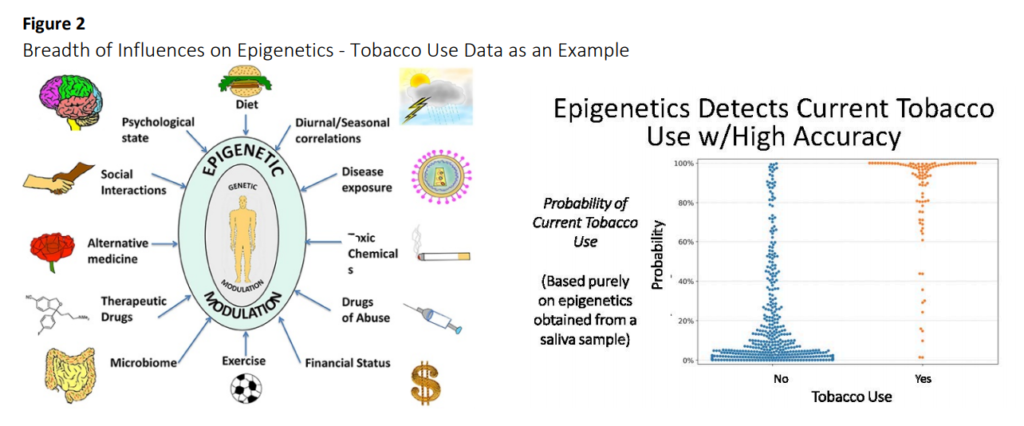Link: https://www.soa.org/sections/2020-speculative-fiction-contest/
Excerpt:
The 14th Speculative Fiction Contest is over, and we now get to find out which story is the readers’ favorite!
Read each of the stories submitted by our creative and imaginative actuaries. Pick up to three of your favorite stories and vote for no more than three, so that we have a true Readers’ Choice Award. We will award the author of the story getting the most votes a specially designed Speculative Fiction Zoom background and an SOA branded gift. Be sure to tell your friends about this contest. Get them to read the stories and pick their favorites too!
Voting online must occur from March 8 – April 15. On May 1 this award, as well as all the other awards will be announced on the SOA website.
Publication Date: March 2021
Publication Site: Society of Actuaries


